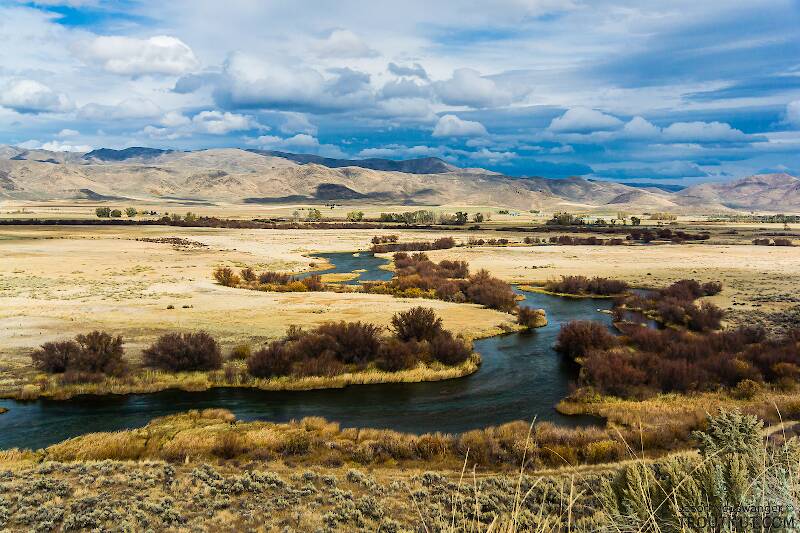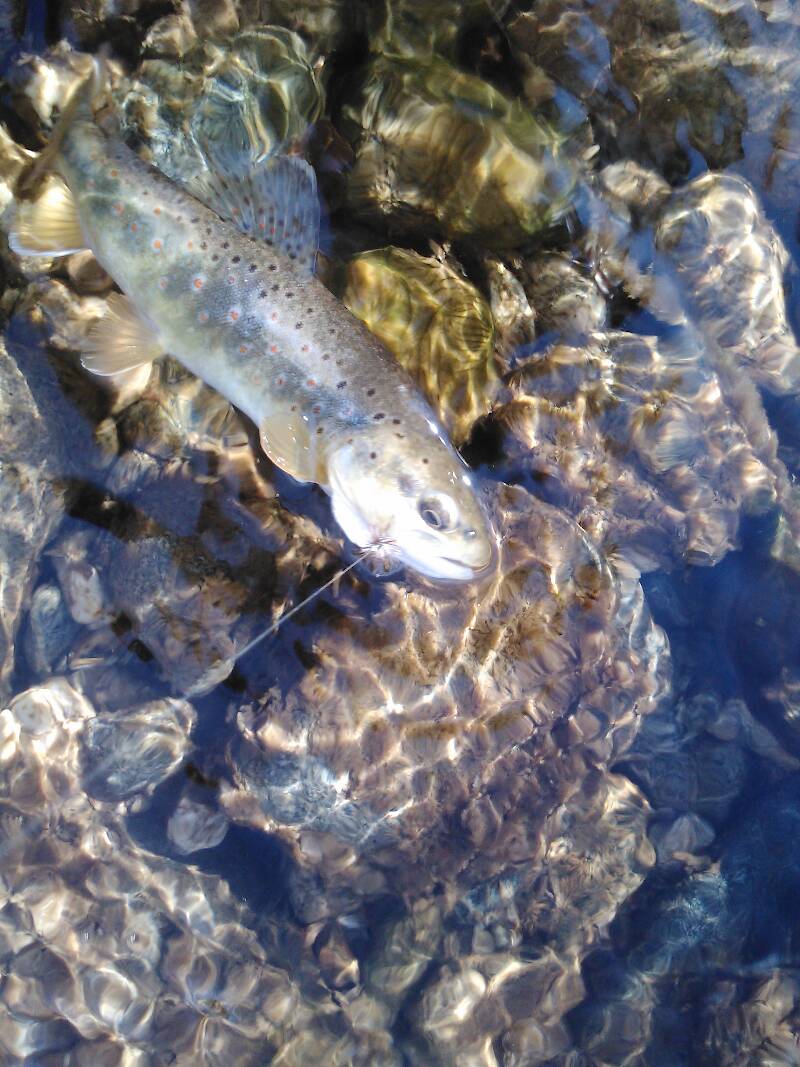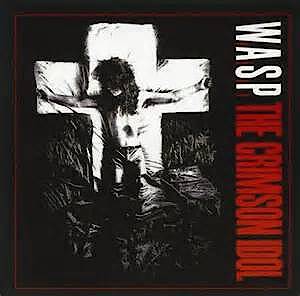
Hex Mayflies
Hexagenia limbata
The famous nocturnal Hex hatch of the Midwest (and a few other lucky locations) stirs to the surface mythically large brown trout that only touch streamers for the rest of the year.
Featured on the forum

This one pretty clearly keys to Kogotus, but it also looks fairly different from specimens I caught in the same creek about a month later in the year. With only one species of the genus known in Washington, I'm not sure about the answer to this ID.

Troutnut is a project started in 2003 by salmonid ecologist Jason "Troutnut" Neuswanger to help anglers and
fly tyers unabashedly embrace the entomological side of the sport. Learn more about Troutnut or
support the project for an enhanced experience here.
Gt2003 on Feb 27, 2019February 27th, 2019, 8:29 am EST
What weight rod/line is recommended for largemouth bass? 30 or so years ago I had a fly rod set up with a Cortland bass taper line, I believe it was one of their 444 lines but I don’t recall the weight of it. What would u all recommend?
RleeP on Feb 27, 2019February 27th, 2019, 12:14 pm EST
An 8 wgt. is about standard, although depending upon where you are fishing, the size/type of flies you are using and the expected average size of the bass you expect to catch, a 7 or 9 wgt rod can also have applicability/utility. But generally, an 8 is the most useful compromise.
Gt2003 on Feb 28, 2019February 28th, 2019, 2:02 am EST
Thank You! I thought it was an 8 but it's been a lot of years so I wanted to make sure.
So, what are the new Bass Taper lines called? I believe the one I had might have had a shorter taper to help turn over the big bugs easier?
So, what are the new Bass Taper lines called? I believe the one I had might have had a shorter taper to help turn over the big bugs easier?
RleeP on Feb 28, 2019February 28th, 2019, 7:34 am EST
Most of the companies that market fly lines have a product they call "bass taper" or "bass bug taper". Some, like Cortland, use a catchy name like "Big Shot" to identify their lines with the heavier heads designed for throwing bigger, wind resistant flies like popping bugs, etc. You could just pick your price range for a new line (they vary widely..) and search on that or a preferred brand identified as a "Bug Taper", "Bass Taper", etc. All it really means is a floating line with a relatively short and heavy front taper. While there may be some relatively minor differences, you could probably be just as happy with a standard WF8F line and using a relatively short and stout leader. The bass don't care...:)
Iasgair on Mar 5, 2019March 5th, 2019, 2:12 am EST
I agree with RleeP. Especially if you get a sinking line, the 8wt will handle the extra weight of the line well.
Adirman on Mar 5, 2019March 5th, 2019, 5:04 am EST
Personally, my go to for bass is my 6weight. Plenty of backbone to fight their more aggressive style and still light enough not to wear your arm out casting all day 😉
Wbranch on Mar 5, 2019March 5th, 2019, 1:50 pm EST
Well I might as well offer my opinion on this subject. I live just a few miles from the Susquehanna River. It has very good smallmouth bass fishing. I have fly fished it for over 25 years and use just two line weights. I use a 9' #6 and a 9' #7. I can throw all but the biggest Clouser minnows or poppers with the WF#7. I like to use the #6 for throwing smaller Clousers, #6 - #8 and most any nymphs. I use BB's to get the fly down and just roll cast the nymphs with split shot. I use the WF#7 for #4 - #1 streamers and really air resistant poppers. I have no trouble casting a #2 Clouser 50' - 60' with the #7 line.
Catskill fly fisher for fifty-five years.
Jmd123 on Mar 6, 2019March 6th, 2019, 1:56 am EST
I'm a little different - I use a 9' 5-weight for my bass fishing. I can throw bass bugs and weighted #6 streamers on it, but when a hatch comes off, as they do on Cooke Pond when I'm smallie fishing, I can go to a big dry fly with ease, such as a Hex pattern - and smallies love Hex and other big mayflies just as much as trout do! But, I guess I'm a little different, I've caught an inordinate number of large bass on my 3-weight...and let me tell ya, bass will give you one hell of a fight on a 3- or 5-weight!!
Having said all of that, I am in the market for a 7-weight rod, as I have some 7-weight lines on reels already weighting for a rod to go on...
Jonathon
Having said all of that, I am in the market for a 7-weight rod, as I have some 7-weight lines on reels already weighting for a rod to go on...
Jonathon
No matter how big the one you just caught is, there's always a bigger one out there somewhere...
Wbranch on Mar 6, 2019March 6th, 2019, 6:18 am EST
Jon wrote;
Well that must be exciting! I seldom get a strike on a Clouser less than 40 feet from the boat. That is why I use heavier rods. Even with my bionic casting skills I could never throw a #2 Clouser 60'.
I've caught an inordinate number of large bass on my 3-weight...and let me tell ya, bass will give you one hell of a fight on a 3- or 5-weight!!
Well that must be exciting! I seldom get a strike on a Clouser less than 40 feet from the boat. That is why I use heavier rods. Even with my bionic casting skills I could never throw a #2 Clouser 60'.
Catskill fly fisher for fifty-five years.
Quick Reply
Related Discussions
Topic
Replies
Last Reply
2
May 17, 2018
by Subway
by Subway
22
Oct 18, 2007
by Flybinder
by Flybinder





